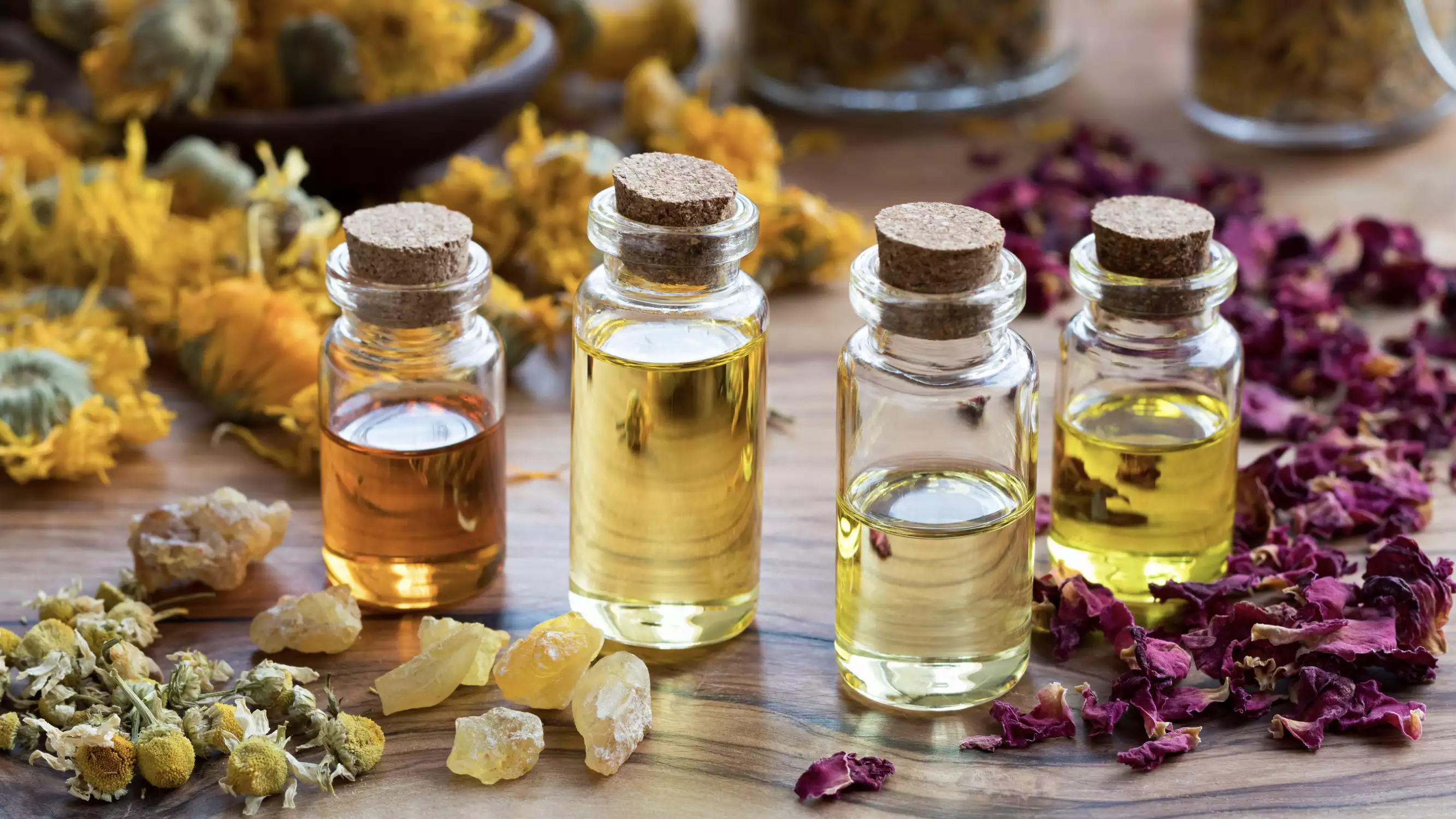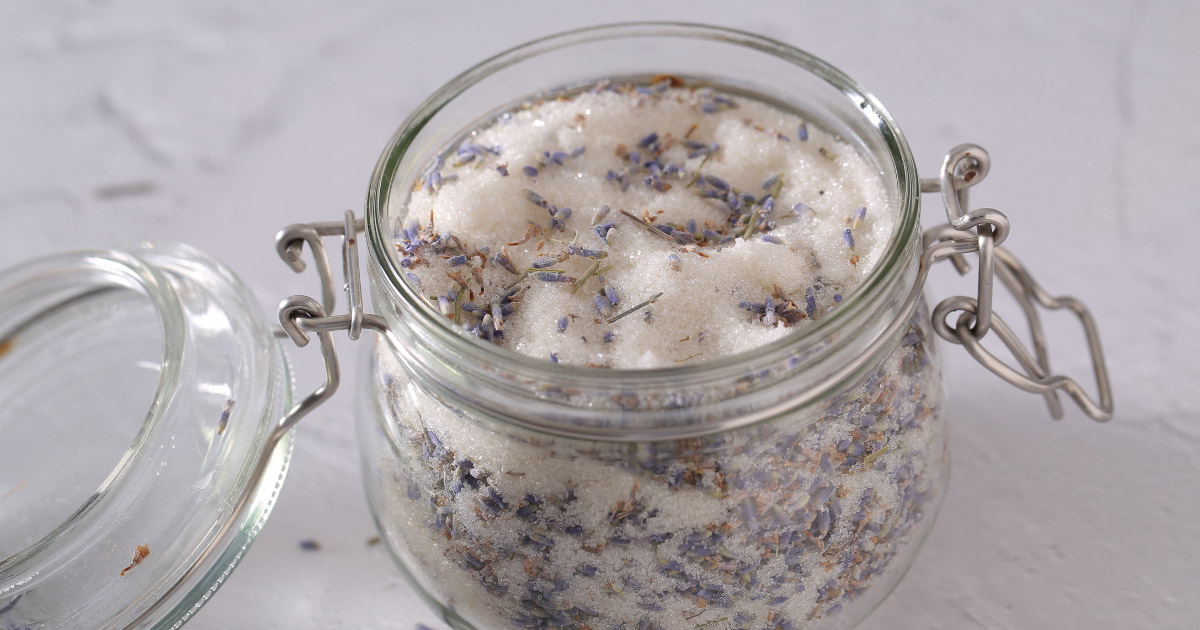Coughing? Make an Essential Oil Inhaler for the Throat

Are you continuously interrupted by an annoying cough? It's not a fun situation to be in, especially when it gets in the way of your daily tasks.
In this blog, we're diving into the world of essential oils that can alleviate spasms, and exploring how to incorporate them into an inhaler specially designed for the throat.
Essential Molecules for Cough Relief
You may be wondering what makes certain oils so effective in calming coughs. The secret lies in the components, or molecules, found in these oils. There are numerous natural components that have been shown to have a soothing effect on spasms and inflammation. Key among these are:
α-pinene
β-pinene
Trans-anethole
β-caryophyllene
These molecules have been singled out by research for their particularly calming attributes, making them ideal ingredients for our inhaler recipe. I'll also be using a traditional oil known for its benefits in treating throat-related issues – sandalwood. But before we get to the recipe, let's discuss each oil in detail...
Sandalwood Inhaler for the Throat: Crafting Relief for Your Cough
Here's what you'll need:
Ingredients
7 drops Sandalwood Oil (Santalum album)
5 drops Douglas Fir Oil (Psuedotsuga menziesii)
2 drops Black Pepper Oil (Piper nigrum)
1 drop Anise Oil (Pimpinella anisum)
Equipment
One blank inhaler with a cotton or polyester wick
Directions
Slide the wick into the inhaler.
Drop the essential oils directly onto the wick.
Snap the plastic bottom into place.
The process of creating an inhaler for the throat is a straightforward one. All that's needed is a blank inhaler. It's made up of a plastic sleeve which houses a cotton or polyester wick. The cotton is slid into the sleeve, after which the essential oils are applied directly onto it. The final step involves snapping the bottom part of the inhaler into place, and voila, you have a homemade cough reliever!
Now, let's delve deeper into the benefits of the oils used in this recipe:
Douglas Fir Essential Oil (Psuedotsuga menziesii)
With a refreshing conifer scent reminiscent of a Christmas tree, Douglas Fir oil is a rich source of both α- and β-pinene. These components are known for their ability to soothe spasms and reduce inflammation around the throat.
Sandalwood Essential Oil (Santalum album)
Sandalwood oil has a long history of use for throat-related issues. Authors like Salvatore Battaglia suggest its use for a "chronic, dry cough," while Gabriel Mojay labels it a "demulcent," a term used for substances that soothe inflammation and irritation in the mouth.
Black Pepper Essential Oil (Piper nigrum)
Black Pepper, with its crisp, dry, spicy aroma, is a favorite when crafting an inhaler for the throat. Rich in β-caryophyllene, it has been shown to provide significant relief from spasms. It's also helpful for those trying to quit smoking, providing relief from a smoker's cough and supporting the cessation journey.
Anise Essential Oil (Pimpinella anisum)
Anise oil is known for its distinct licorice-like scent. It's rich in trans-anethole, a component capable of relieving spasms in both smooth and skeletal muscles.
Safety Considerations
It's important to note that trans-anethole is a potent component and should be used with caution. If you're pregnant, breastfeeding, have endometriosis or estrogen-related cancer, or are taking anticoagulant medications, it's best to avoid Anise oil. Use it in very low dilutions (2% or less), and for a short term only. If in doubt, it's better to omit it from the recipe.
Experience the Soothing Power of Your Inhaler!
Having crafted your inhaler, you're now ready to enjoy the soothing effects it brings to your cough. Just a few deep inhales and you'll be able to experience relief, making your day significantly less disrupted and more enjoyable. Stay healthy and happy!
Discover safe, natural solutions to prevent and quickly recover from colds & flu in our 3-hour workshop, Protect Your Family from Colds & Flu!
Learn how essential oils can support your family’s health and well-being, helping you stay well and providing much-needed relief when you’re feeling under the weather. You’ll learn which essential oils can help you prevent and recover from respiratory infections and gain a strong understanding of how and why they work.
REFERENCES
Adorjan, B. & Buchbauer, G. (2010) Biological properties of essential oils: an updated review. Flavour & Fragrance Journal 25, 407-426.
Albuquerque AA, Sorenson AL, Leal-Cardoso JH (1995) Effects of essential oil of Croton zehntneri, and of anethole and estragole on skeletal muscles. Journal of Ethnopharmacology 49 (1): 41-49. Cited by Bowles EJ (2003) The Chemistry of Aromatherapeutic Oils 3rd Edition. Crows Nest: Allen and Unwin.
Astani A, Reichling J, Schnitzler P. (2010) Comparative study on the antiviral activity of selected monoterpenes derived from essential oils. Phytotherapy Research 24,673-679.
Baylac, S. and Racine, P. (2003) Inhibition of 5-lipoxygenase by essential oils and other natural fragrant extracts. International Journal of Aromatherapy 13, 2/3, 138-142.
Da Silva AC, Lopes PM, de Azevedo MM, Costa DC, Alviano CS, Alviano DS. (2012) Biological activities of a-pinene and ß-pinene enantiomers. Molecules 2012 17, 6305–16.
De Cássia da Silveira e Sá, R., Andrade, L.N., de Oliveira, R. and de Sousa, D.P. (2014) A review on anti-inflammatory activity of phenylpropanoids found in essential oils. Molecules 19: 1459-1480. doi: 10.3390/molecules19021459.
Erligmann, A. (2001) Sandalwood oils. International Journal of Aromatherapy 11, 4, 186-192.
Leonhardt V, Leal-Cardoso JH, Lahlou S, Albuquerque AAC, Porto RS, Celedônio NR, et al. (2010) Antispasmodic effects of essential oil of Pterodon polygalaeflorus and its main constituent β-caryophyllene on rat isolated ileum. Fundamentals of Clinical Pharmacology 24, 6, 749–58. doi: 10.1111/j.1472-8206.2009.00800.
Sadraei H, Asghari GR, Hajhashemi V et al. (2001) Spasmolytic activity of essential oil and various extracts of Ferula gummosa Boiss. on ileum contractions. Phytomedicine 8,370-376.





